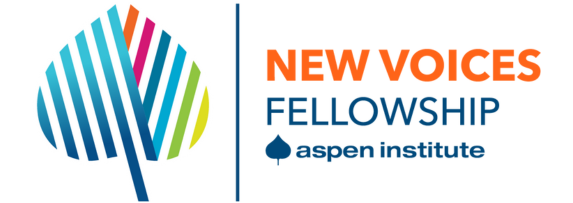isabled Africans cheered a new hero last month when South Africa’s wheelchair tennis powerhouse Lucas Sithole defeated world No. 1 quadriplegic tennis player David Wagner of the United States at a Johannesburg tournament — demonstrating that in Africa, as elsewhere, physical disability is no bar to world greatness.
But the sad truth for many disabled young Africans is that the barriers to development start much closer to home, beginning in schools that do little to serve students with special needs. Deprived of education, these young people are at a disadvantage for life and often end up among the poorest of the poor.
It doesn’t have to be this way. Simple changes in teaching techniques, coupled with new, locally produced teaching materials and improved school design, can open the doors of education to all students regardless of physical disability. But African governments and international donors need to make this a priority, or risk leaving generations of disabled Africans behind.
Of the estimated 500 million persons with disabilities worldwide, 120 million to 150 million are children. Eighty percent of these children live in lower to lower-middle-income countries. Furthermore, recent research indicates that this number of disabled children is growing due to increasing poverty, armed conflict, poor child labor practices, violence and HIV and AIDS.

